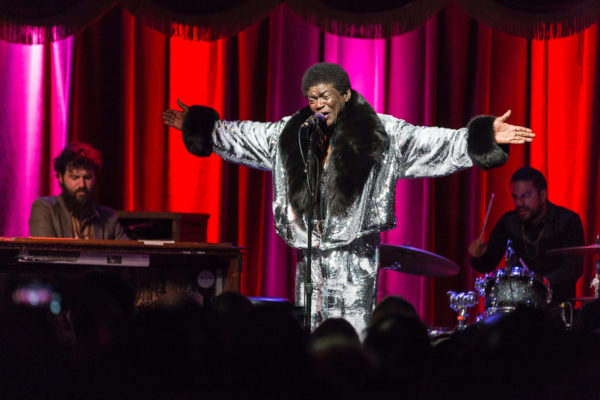Nestled deep within the womb of Arlene’s Grocery is a quaint venue with a low ceiling and small stage. A bar on the right side of the room sells Arlene’s Ale. The $5 beer grows on you. It leaves an interesting aftertaste that is somewhere between bitter and sweet. It’s a nice to sip on while waiting for Everest Cale, a four-piece rock band from Brooklyn.
That’s how I find myself last Saturday at Arlene’s. Like the venue itself, Everest Cale’s music goes deep. The band’s sound has layers of hard rock, scraps of traditional metal, and bits of country. At the center of this crossroads is the band’s solid musicianship, which runs through the Beast EP (2012) and Constellation Choir EP (2013).
At Arlene’s, Everest Cale begins with an energetic force, pummeling through opener “Good to See You” and “Before I Knew What Love Was.”
“Before I Knew What Love Was” is a biting, blues-tinged rocker with an aching section burrowed near the song’s conclusion. Lead guitarist Jeremy Kolmin and bassist Aaron Nystrup sustain the song’s groove. Kolmin plays up the song’s infectious riff; Nystrup’s bass line sets the pulse quietly, venturing off into funk-laced notes. Much of the rhythm relies on Nate Becker’s drumming, which seems ricochets off the walls at Arlene’s. By the time the song nears the end, the frenetic energy turns into near-silence: frontman Brett Treacy seems to stand alone in the stage light, singing and strumming his guitar.
“Before I Knew What Love Was” draws the listener in, devising Everest Cale as a band that plays with sound and offers many dynamics—loud, pensive, aggressive, contemplative—in one song, one performance. The band is offering a FREE download of “Before I Knew What Love Was” here.
On the EP Beast, Everest Cale sounds like a self-aware band that stumbles upon any style their guitars can manage. The band performs the title track off of Beast, which suggests a bit of traditional rock and roll, near the end of the show at Arlene’s. “Beast” is a moody counterpart to “Pretty,” the band’s high-spirited nod to a country-tinged jam session. It’s during “Pretty” where most of the crowd finds its way to the center for a dance.
The band’s closing two numbers—”Fossils” and “Mary Lee”—are as solemn as they are uplifting. “Fossils” manages to invigorate as it slowly gains momentum, moving from an acoustic track to an electric show and back again. “Mary Lee” is the band’s funny conclusion: an ode to a shark, the song seems a breath of relief after the impressive, often challenging show this band manages to pull off. And the song lingers, long after I’ve stepped out of that hidden venue at Arlene’s.
Article by: Pam Segura




